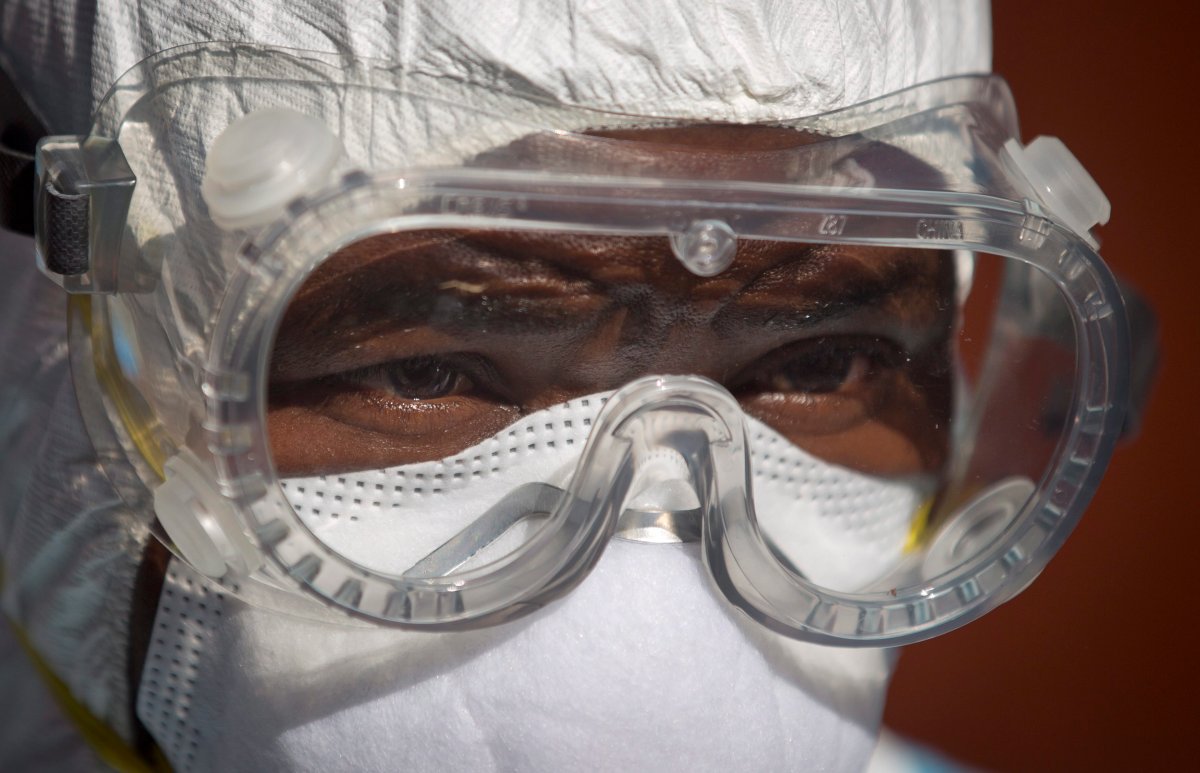Flows of foreign direct investment (FDI) are slowing worldwide in both in absolute terms and as a share of world GDP as the world’s economy cools thanks to the polycrisis.
A number of factors are depressing international investment activity, says Oxford Economics in a paper on September 30, including changes in industrial organisation, rising trade and investment barriers, and a slump in M&A related to higher interest rates. Global FDI rose 13% per year on average from 1990-2016 but has declined since.
“Even after netting out the distortionary impact of flows into and out of tax havens, we find that global FDI is now running at around 1% of GDP, around half the level seen in 2005-2016,” Oxford Economics said.
Geopolitics is also weighing on FDI decisions and Oxford Economics reports that greenfield FDI into China has been falling as tensions rise, diverting to other Asian economies such as Indonesia and Vietnam, where it has been rising; these countries are actively courting as wide a variety of foreign investors as possible to counterbalance China’s rising clout in the region. Many of the countries in the Global South have adopted a multivector foreign policy in an increasingly fractured world, although their relationship with China remains paramount.
“The latest data for China, meanwhile, shows that FDI inflows have collapsed from over US$100bn per quarter in early 2022 to zero in mid-2024. China appears to be becoming uninvestable for new FDI investors, even if survey evidence suggests most existing investors are staying put,” says Oxford Economics. A global economic slowdown is also depressing FDI investments.
The slump in global M&A levels – the second lowest since 1996 – and the stabilisation of global value chains are other important factors behind the weakening of FDI. The overall impact on growth is unclear, but middle-income emerging markets are likely to be hit hardest by these changes.
A persistent downtrend
Global FDI flows surged between 1990 and 2016, peaking at around 2.5% of world GDP before the global financial crisis. However, since 2017, both the absolute level of FDI and its share of world GDP have significantly declined. The impact of ‘phantom’ FDI flows into tax havens, which do not represent productive investment, has lessened but cannot fully explain the current downward trend, says Oxford Economics.
When tax havens are removed from the data, the downward trajectory remains. OECD data, which adjusts for flows into special purpose entities, also shows a strong decline, even when tax havens are excluded. Across different metrics, global FDI is running at about 1% of world GDP, roughly half of the 2005-2016 levels.
Greenfield investments provide some relief
FDI is composed of multiple elements, including acquisitions, reinvestment of profits and the creation of new operations, with acquisitions typically being the largest component.
“If we look only at announced greenfield investment projects, the FDI picture looks brighter. Announced greenfield FDI projects rose strongly in 2022-2023 from the depressed levels around the pandemic. The greenfield data also show a notable shift of investment away from China towards other Asian economies and the US,” says Oxford Economics.
This shift may be an early indicator that US trade and industrial policies, such as the Inflation Reduction Act and the CHIPS Act, are diverting FDI towards domestic manufacturing.
However, caution is needed when interpreting greenfield data, which captures planned rather than actual investment flows. In 2023, for instance, only $13.1bn out of $206bn in US greenfield FDI expenditures represented actual new firm expansions or establishments. Furthermore, the initial data for 2024 points to a potential slowdown in greenfield investment globally.
Barriers to investment
The fall in global FDI can be partly attributed to rising barriers to trade and investment. Chinese FDI inflows have collapsed – dropping from over $100bn per quarter in early 2022 to nearly zero by mid-2024.
“This collapse looks too dramatic to be just the result of slower GDP growth in China. Rather, it suggests that, even if survey evidence shows most (but not all) existing investors are staying put, China is increasingly seen as too risky a location for new FDI investors given the potential to fall foul of tariffs, investment restrictions and other US sanctions. The evaporation of FDI into sensitive sectors like semiconductors also points to a strong impact from US policy initiatives aimed at China,” Oxford Economics says.
Geopolitical tensions and the proliferation of investment barriers are contributing to a fragmentation of FDI flows. The share of FDI between countries with distant geopolitical relationships fell to 15% in 2023, down from 23% in 2013, with a significant drop in manufacturing. This fragmentation could reduce long-term global GDP by as much as 2%, according to IMF estimates.
Global value chains and M&A slump
The slowdown in FDI is also linked to changes in global value chains (GVCs). The increasing complexity of production processes has flattened, driven in part by protectionist policies, but also by technological advancements like robotics and supply chain digitalisation. The latter factors are less harmful to global growth, though they still contribute to a deceleration in cross-border investments.
At the same time, cross-border M&A activity has plummeted, falling from 0.8% of global GDP to just 0.4% over the past three years, reaching its second-lowest level since 1996. This decline is largely tied to rising global interest rates, which have deterred many forms of investment, including M&A.
Uneven impact on growth
The relationship between FDI and growth is complex. While most studies suggest a positive link between FDI and GDP growth, the strength of this relationship varies depending on the type of economy.
Middle-income emerging markets tend to benefit most, while advanced economies and low-income countries show weaker gains from FDI. Research suggests that a 1 percentage point increase in the FDI-to-GDP ratio can boost GDP growth by as little as 0.01 percentage points or as much as 0.2 points, with middle-income countries seeing the largest benefits.
The decline in FDI is symptomatic of the shift from rapid globalisation to “slowbalisation.” While not all factors contributing to the weakening of FDI are necessarily negative for growth, the broader trend of rising trade barriers and reduced cross-border investment flows is likely to weigh on global economic expansion, particularly for middle-income emerging economies, concludes Oxford Economics.


























